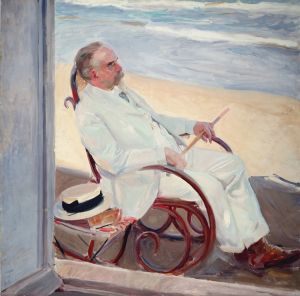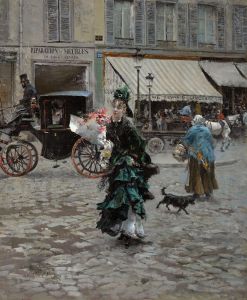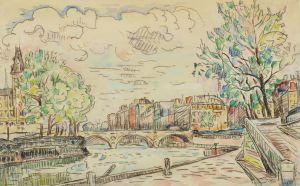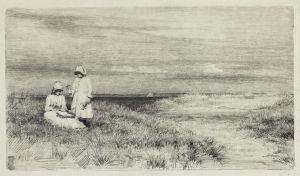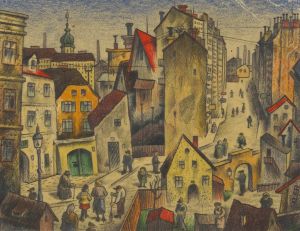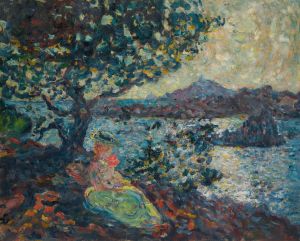
Sablières sur les quais de la Seine à Paris
A hand-painted replica of Louis Valtat’s masterpiece Sablières sur les quais de la Seine à Paris, meticulously crafted by professional artists to capture the true essence of the original. Each piece is created with museum-quality canvas and rare mineral pigments, carefully painted by experienced artists with delicate brushstrokes and rich, layered colors to perfectly recreate the texture of the original artwork. Unlike machine-printed reproductions, this hand-painted version brings the painting to life, infused with the artist’s emotions and skill in every stroke. Whether for personal collection or home decoration, it instantly elevates the artistic atmosphere of any space.
Louis Valtat was a French painter associated with the Post-Impressionist movement, known for his vibrant use of color and innovative techniques. One of his works, "Sablières sur les quais de la Seine à Paris," captures a scene along the banks of the Seine River in Paris. This painting exemplifies Valtat's interest in capturing the dynamic interplay of light and color in urban and natural settings.
Valtat was born on August 8, 1869, in Dieppe, France, and grew up in a family that encouraged his artistic pursuits. He studied at the École des Beaux-Arts and later at the Académie Julian in Paris, where he was influenced by the works of the Impressionists and the burgeoning Post-Impressionist movement. His style evolved as he experimented with color and form, often focusing on landscapes, cityscapes, and scenes of everyday life.
"Sablières sur les quais de la Seine à Paris" is a testament to Valtat's ability to depict the vibrancy of urban life. The painting likely portrays the sand quarries along the Seine, a common sight in Paris during the late 19th and early 20th centuries. These quarries were essential for the construction and development of the city, providing materials for building and infrastructure projects. Valtat's depiction of this scene would have captured the bustling activity and the interaction between the natural environment and human industry.
Valtat's use of color in this painting is characteristic of his broader oeuvre. He employed bold, expressive hues to convey the atmosphere and mood of the scene. The Seine River, a central feature of Paris, is often depicted in art for its beauty and significance to the city's identity. Valtat's interpretation would have highlighted the river's role as both a natural landmark and a hub of economic activity.
Throughout his career, Valtat was associated with various artistic movements and circles. He exhibited with the Nabis, a group of avant-garde artists, and was influenced by the Fauves, known for their radical use of color. His work bridges the gap between Impressionism and the more abstract tendencies of early 20th-century art.
Valtat's contributions to art were recognized during his lifetime, and he participated in numerous exhibitions. His works are held in various collections, reflecting his status as an important figure in the transition from Impressionism to modern art. "Sablières sur les quais de la Seine à Paris" is a part of this legacy, showcasing his unique approach to capturing the essence of Parisian life.
In summary, Louis Valtat's "Sablières sur les quais de la Seine à Paris" is a notable example of his Post-Impressionist style, characterized by vibrant color and dynamic composition. The painting reflects the artist's interest in the interplay between urban development and natural landscapes, a theme that resonates throughout his body of work. Valtat remains a significant figure in the history of modern art, celebrated for his innovative contributions to the evolution of painting in the early 20th century.






